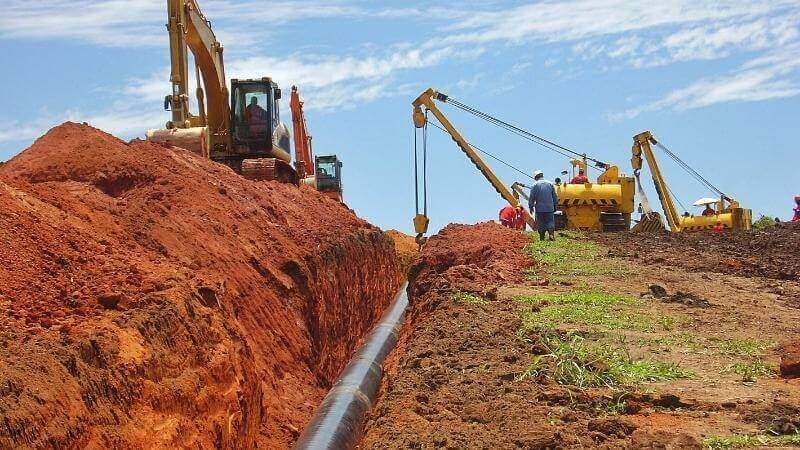Some facts are worth knowing even if they seem pointless. For example, how deep are natural gas lines buried in a city? What are we going to do knowing that, unless you get the job of placing natural gas lines underground?
After the use of natural gas was introduced, the world went through a revolutionary change. Natural gas became the primary source of energy in more than 70% of the world’s countries. To gain access to natural gas more efficiently, pipes were beginning to be utilized. As strong as that initiative was, it began to pose a serious problem too. The pipes were occupying an unnecessary amount of space, while also hampering people’s lives by polluting the environment and putting them at risk. Finally, in 1958, a natural gas pipeline explosion in Canada shook the entire world and proved the point that leaving the pipelines on the ground was a massive threat. Therefore, the idea of placing them underground was born.
Let us see how deep the natural gas lines have been placed since then across the world.
Depth of natural gas lines in certain places
In a country, how deep the natural gas lines should be buried is usually monitored by its local government. That’s why the depths are different and mostly depend on the location. However, an average can always be considered. The main gas lines are usually not found unless the depth is at least 24 inches; it can be more depending on the state they are located in but never less. The service gas lines, on the other hand, are found nearer than the main ones and can be found if traveled 18 inches underground.
In the US, they prioritize putting the gas pipelines quite deep, such as their minimum depth are said to be 20 inches or more. The UK goes even deeper with a range of 15 inches to over 30 inches. As said before, the location and its officials decide the depth of natural gas lines. In Australia, for instance, they do not put the pipelines as deep as they do in the US or UK. There, the pipeline depth averages between 10 to 25 inches or less.
Within the US, the depth of natural gas pipelines in the cities varies too. In California, the regulations forbid natural gas lines depth that is 18 inches or less. In New York and New Jersey, the depth has to be maintained around 24 inches or over. In the UK, natural gas lines depth must be near 30 inches or more through roads or verges, around 25 inches when it is a footpath, around 20 inches under highways, and around 15 inches if it is private or residential ground. The reason why the gas lines are buried deeper in roads and footpaths than private properties is because wherever there are more people or traffic, there is a higher chance of affecting the lines by accidents.

Why are natural gas lines buried so deep?
There are countless accidents regarding natural gas lines even after they are brought underground, the last known accident occurring just last year. Accidents in industries are common since heavy activities are regularly done every day, whereas accidents in private grounds are rare but when they do occur, it is either because of the owner’s lack of knowledge of where and how deep the natural gas lines are located under him/her, or it is the person’s carefree or reckless behavior.
The governments, after considering the psychology of a country’s citizens, discuss the minimum safety depth while also keeping the financial cost in mind to come up with an average depth, which, therefore, causes the lines to be buried so deep. Simply put, countries that do not have many records of natural gas pipeline accidents usually do not bury them deep while the rest have to.
Now that we have a general idea of how deep the natural gas lines are buried, we should count them in as a piece of life-saving information whenever we go out anywhere for a purposeful digging. Because, just as the doctors take the Hippocratic Oath of “Do no harm”, we are also bound to this policy in such activities.
